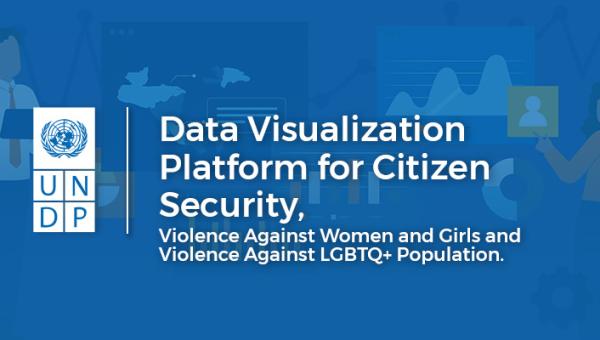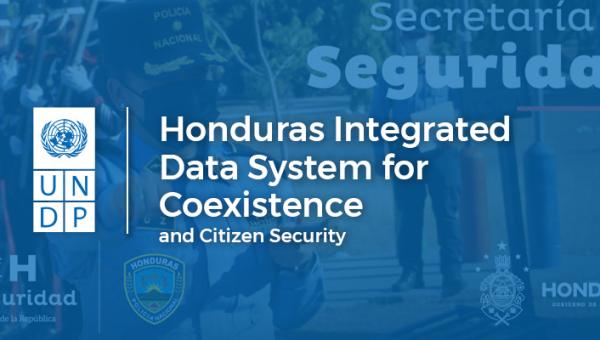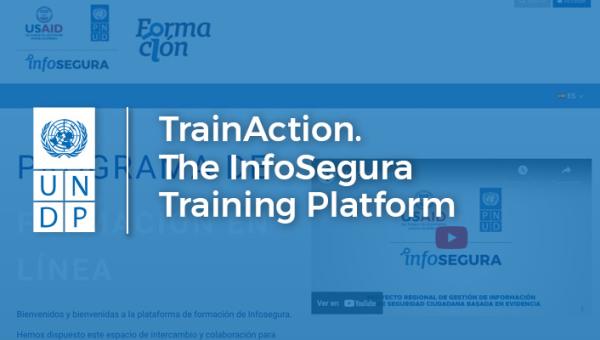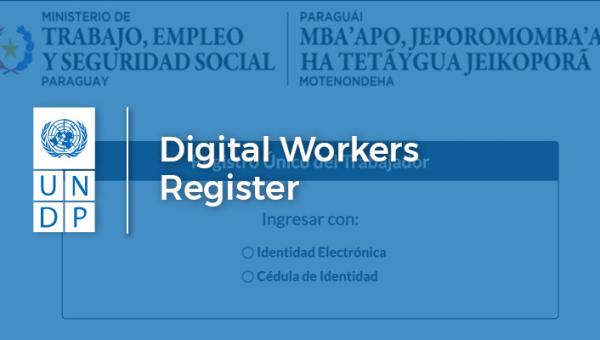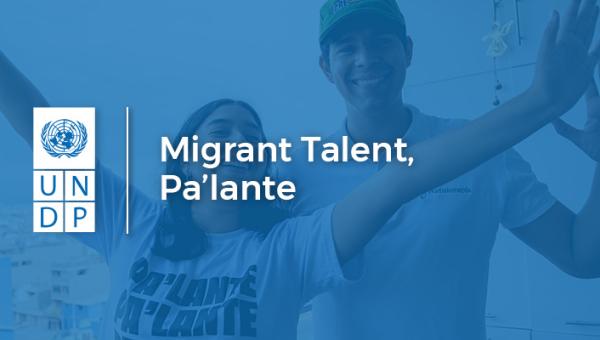Design of Digital
Solutions in Crisis Contexts
Project Owner: UNDP Colombia
In the Colombian context, particularly in the aftermath of natural disasters like the infrastructure devastation caused by events such as Hurricane IOTA, social innovation emerges as a pivotal strategy for addressing pressing challenges. Amidst such crises, the utilization of cutting-edge technologies and inventive methodologies becomes imperative to navigate complex recovery processes efficiently and effectively.
Mapping 360: With Colombia's diverse terrain and remote regions, traditional assessment methods may prove inadequate or time-consuming. Augmented Reality and Virtual Reality technologies offer a revolutionary approach, providing stakeholders with immersive experiences that transcend physical barriers. By linking experts, government officials, and allies in this virtual space, a deeper understanding of the disaster's impact on the archipelago is achieved. This approach not only expedites decision-making but also fosters empathy by allowing decision-makers to "experience" the reality firsthand, thereby catalyzing solidarity and support from both local and external entities.
Evaluating the Crisis in Depth: In a country characterized by varied topography and environmental vulnerabilities, the use of technology such as Drone cameras and advanced mapping software like DroneDeploy revolutionizes crisis assessment. By capturing aerial photographs and conducting 3D mapping analyses, detailed insights into the affected regions' soil composition and structural damage are obtained swiftly and accurately. This approach not only optimizes resources and reduces logistical constraints but also facilitates a comprehensive understanding of the crisis's magnitude, enabling tailored response strategies.
Establishing Data: In Colombia's dynamic socio-economic landscape, the acquisition of accurate data is paramount for guiding responsive interventions and ensuring equitable recovery. Leveraging methodologies like the HBDA (Household Baseline Data Assessment) provided by international organizations such as the United Nations Development Programme (UNDP), efforts to locate and assess affected individuals are bolstered. By conducting thorough damage assessments and needs analyses, a digitized map of the disaster's impact is generated, facilitating informed decision-making and resource allocation. This transparent approach not only enhances accountability but also empowers communities by ensuring that no one is left behind in the recovery process.
Hitting the Nail: Collaboration between governmental bodies and professional societies, such as the Colombian Society of Architects and Engineers, underscores the importance of interdisciplinary approaches in crisis management. By pooling expertise and resources, technical teams are mobilized to assess and rehabilitate affected infrastructure, with a focus on resilience and sustainability. Beyond mere reconstruction, this approach seeks to transform damaged structures into early response models, equipped to mitigate the impact of future crises. Through proactive measures and innovative solutions, Colombia strives to build back better, ensuring that communities are better prepared and protected against future adversities.
This article was originally published in: https://pnudcolombia.exposure.co/la-realidad-aumentada-del-desastre
Are you passionate about the link between digitalization and sustainable development?

 Locations
Locations